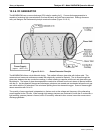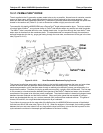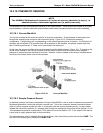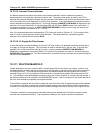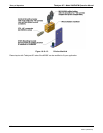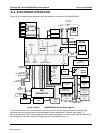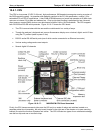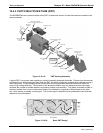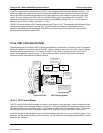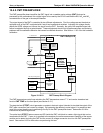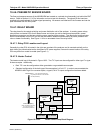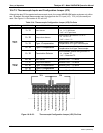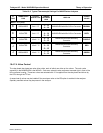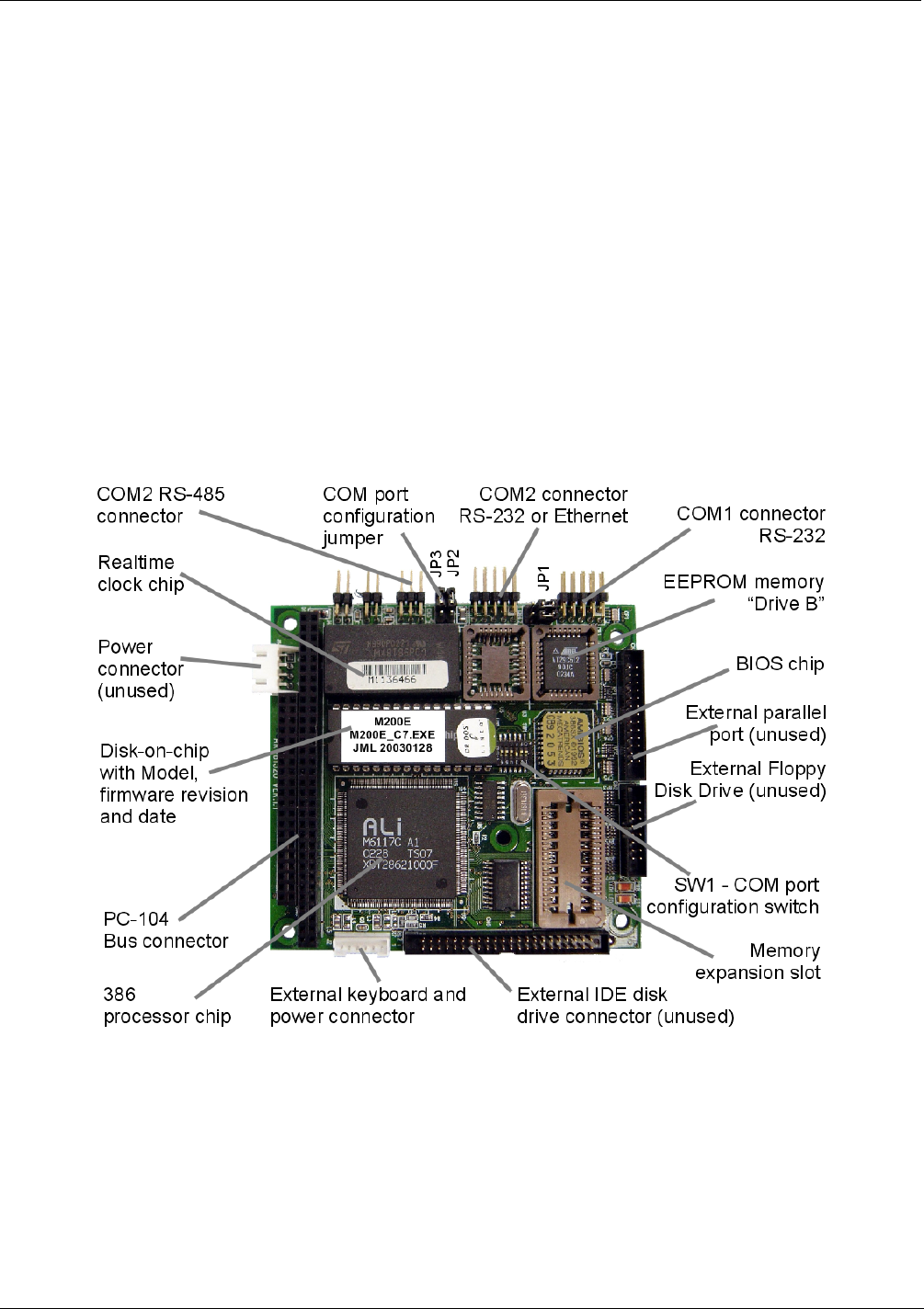
Theory of Operation Teledyne API - Model 200EH/EM Operation Manual
210
10.4.1. CPU
The CPU is a low power (5 VDC, 0.8A max), high performance, 386-based microcomputer running a version of
the DOS operating system. Its operation and assembly conform to the PC-104 specification, version 2.3 for
embedded PC and PC/AT applications. It has 2 MB of DRAM memory on board and operates at 40 MHz clock
rate over an internal, 32-bit data and address bus. Chip to chip data handling is performed by two 4-channel,
direct memory access (DMA) devices over data busses of either 8-bit or 16-bit bandwidth. The CPU supports
both RS-232 and RS-485 serial protocols. Figure 10-10-17 shows
the CPU board.
The CPU communicate
s with the user and the outside world in a variety of ways:
Through the analyzer’s keyboard and vacuum fluorescence display over a clocked, digital, serial I/O bus
using the I
2
C protocol (read I-square-C bus)
RS-232 and/or RS-485 serial ports (one of which can be connected to an Ethernet converter)
Various analog voltage and current outputs
Several digital I/O channels
Figure 10-10-17: M200EH/EM CPU Board Annotated
Finally, the CPU issues commands (also over the I2C bus) to a series of relays and switches located on a
separate printed circuit assembly, the relay board (located in the right rear of the chassis on its own mounting
bracket) to control the function of heaters and valves. The CPU includes two types of non-volatile data storage,
one disk-on-chip and one or two flash chips.
04521C (DCN5731)



